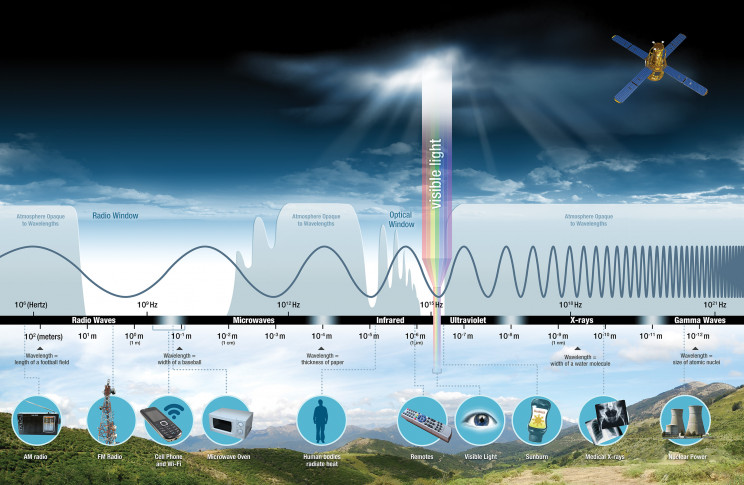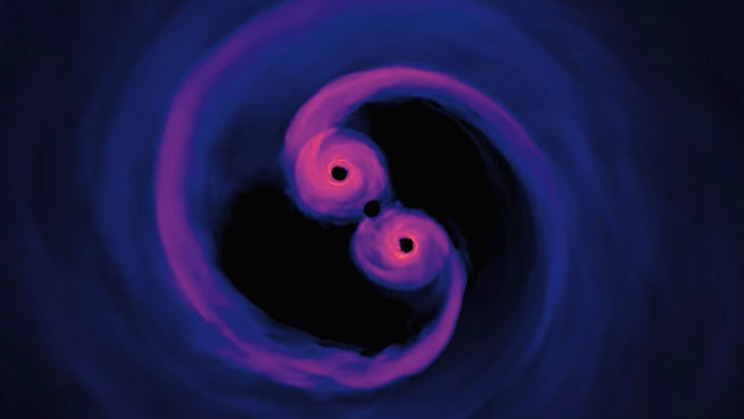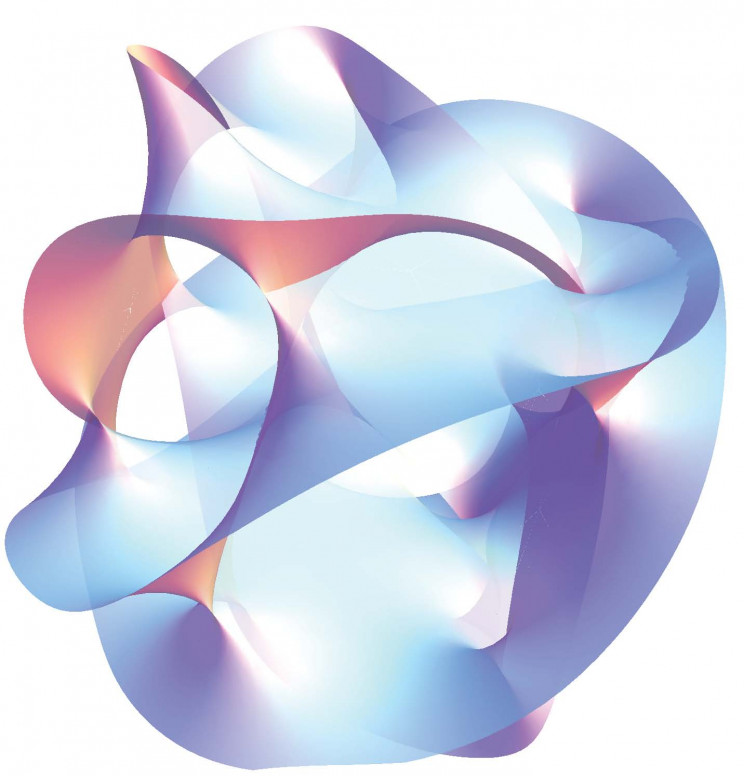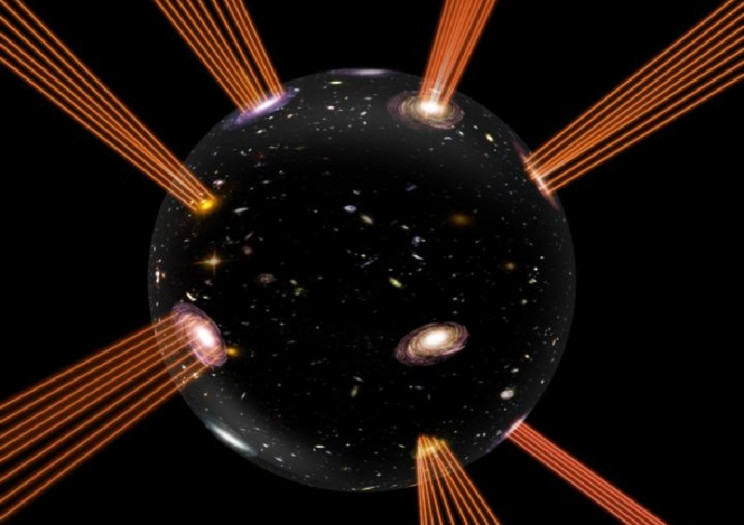TORONTO — Imagine Parliament Hill blanketed in orange skies, floodwaters climbing the sides of BC Place stadium or a thick layer of smog fogging the view of Halifax from Citadel Hill.

These are all scenes depicted on a website published Thursday that blends artificial intelligence with geography to show the potential impact of climate change on almost any address on the planet.
The website, thisclimatedoesnotexist.com, was created by Mila, a machine-learning and technology research institute in Quebec founded by Yoshua Benigo, one of the godfathers of AI.
The website can apply filters showing the impacts of flooding, wildfires or smog to any address available through Google Street View and is meant to raises awareness about future scenarios that could arise if the world’s response to climate change continues to fall short.
Victor Schmidt, a lead researcher on the project, said the site is not meant to predict climate change, but rather, it strives to make the issue more personal for people who can't visualize something that is seemingly far off or something that could impact another community sooner than theirs.
"Just because it may not happen to them, doesn't mean it won't happen to other people elsewhere or sometime in the future," Schmidt said.
To boost empathy, the website prompts people to search their current or childhood home, workplaces, favourite restaurants and travel destinations.
The images the website will return are built around generative adversarial networks, or GANs, a class of machine-learning frameworks designed by Mila that allow a computer to create and transform images.
The site doesn't adjust water levels or air quality conditions based on where an address is, so users won't find coastal areas completely underwater or wildfire-ridden neighbours more engulfed by dusty skies than less fire prone regions.
This is intentional, Schmidt said. Mila didn't want people visiting the website, discovering their neighbourhood was facing less distressing climate change impacts than others and then deciding not to care about the issue.
"It's about connecting with other people and trying to make common sense feel closer," he said.
"Making climate change more personal is going to try and help bridge that gap."
Schmidt hopes people will visit the website built with the support of National Geographic Society, Microsoft, BCG Gamma and Borealis AI, and leave feeling more aware about climate change and its affects.
Research on the Canadian Centre for Climate Services website shows climate change has already caused the country's average annual temperature to rise by 1.7 C from 1948 to 2016, about double the global rate.
In Northern Canada alone, the average annual temperate has risen by 2.3 C, about triple the global rate, over the same period.
Almost simultaneously, the summer sea ice area in Northern Canadian waters decreased by nearly 7 per cent per decade on average between 1968 and 2015.
It is expected to keep decreasing to the point where Arctic waters could be nearly ice-free by the 2050s.
This report by The Canadian Press was first published Oct. 14, 2021.
Tara Deschamps, The Canadian Press




















